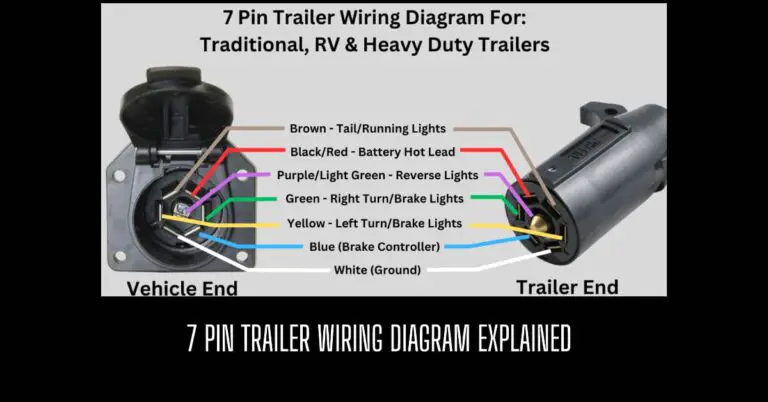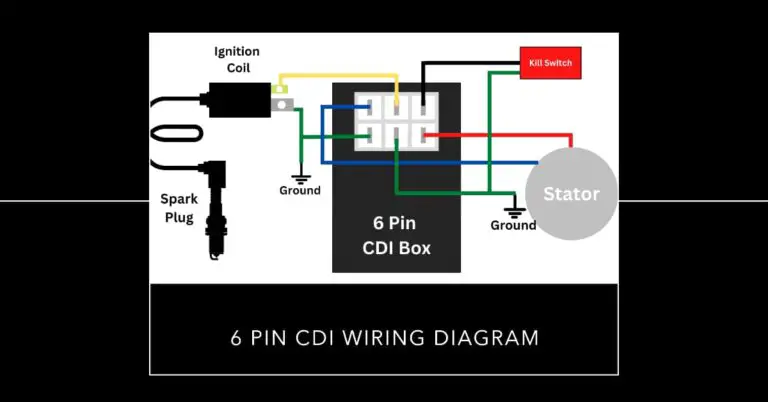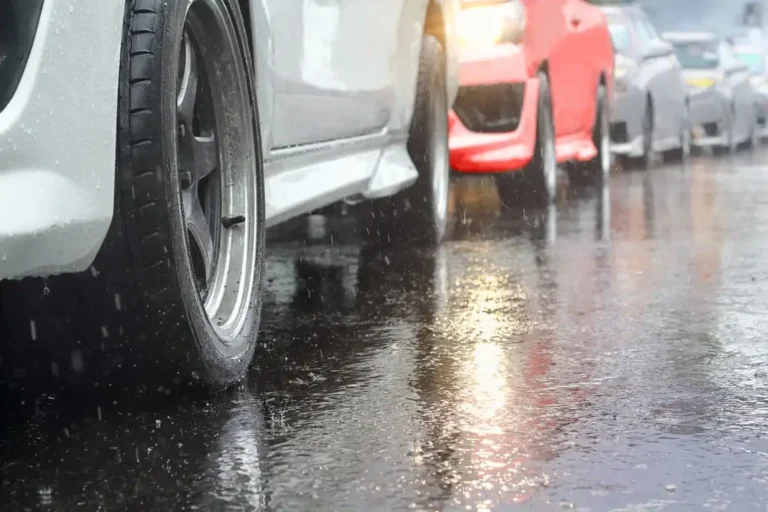Red and White Triangular Yield Sign at Intersections

A red and white triangular sign at an intersection is an important road sign that every driver needs to understand. This guide will provide a complete overview of what this sign means, when you may encounter it, and how to safely navigate intersections with this warning sign.
Table of Contents
An Introduction to the Red and White Triangular Sign
The red and white triangular sign is known as a yield sign. It is one of the most common road signs you will see while driving.
What Is the Purpose of a Yield Sign?
A yield sign indicates that you must slow down and be prepared to stop if necessary when approaching an intersection. It is meant to warn drivers that they may need to yield the right-of-way to other vehicles or pedestrians near the intersection ahead.
When Will You See a Yield Sign?
Yield signs are placed at intersections that do not have stop signs or traffic signals. They are a warning that you are approaching an intersection and may need to slow, stop, or yield the right-of-way.
What Should You Do When Approaching a Yield Sign?
As you approach a yield sign, you must [[slow]] down and be [[prepared]] to [[stop]] if [[necessary]]. Check for crossing vehicles and pedestrians, and be ready to stop and allow them to pass if needed. If the way is clear, you may cautiously proceed into the intersection without coming to a complete stop.
Why You Must Follow Yield Signs?

Yield signs serve an important purpose at intersections. Here are some key reasons why you must heed their warning:
Prevent Accidents
Yield signs help [[prevent]] accidents by instructing drivers to [[slow down and be prepared]] to stop. This helps avoid collisions with other vehicles, pedestrians, or bicyclists entering the intersection.
Establish Right-of-Way Order
The yield sign establishes a clear right-of-way order at uncontrolled intersections. Vehicles on the main road have the right-of-way. Those on the merging road must yield and allow them to pass first.
Allow Traffic to Keep Moving
Unlike a stop sign that requires a full stop, a yield sign allows traffic to keep flowing if the way is clear. This helps maximize intersection efficiency.
Warn of Hazards Ahead
Yield signs warn that you are approaching a hazardous intersection. You must be alert and ready to react to crossing vehicles or pedestrians.
What to Watch Out For at Yield Sign Intersections?
When you see a yield sign, here are some key hazards to watch out for:
- Oncoming vehicles on the main road that have the right-of-way
- Pedestrians crossing the intersection
- Bicyclists entering the intersection
- Vehicles running the yield sign and not slowing
- Limited visibility around corners or foliage
Make sure to cover the brake as you scan ahead for any of these potential hazards before proceeding.
Important Yield Sign Questions for the DMV Test
Understanding yield signs is important knowledge for your DMV [[written test]]. Here are some key yield sign questions that may appear:
What Does a Red and White Triangular Sign Mean?
The red and white triangular sign means slow down, be prepared to stop, and yield the right-of-way. This sign indicates you are approaching an intersection and may need to yield to crossing traffic.
What Should You Do at an Intersection with a Yield Sign?
When approaching an intersection with a yield sign, you must slow down, check for crossing traffic and pedestrians, and be prepared to stop if necessary to allow other vehicles and pedestrians to pass before you proceed.
When Must You Come to a Complete Stop at a Yield Sign?
You only need to come to a complete stop at a yield sign if necessary to avoid a collision or if pedestrians are crossing. If the intersection is clear, you may proceed through with caution without stopping.
Can You Speed Up When Approaching a Yield Sign?
No, you should never speed up when approaching a yield sign. You must slow down and be prepared to stop if required.
Tips for Safely Driving Through Yield Sign Intersections

Here are some important tips to remember when you see a yield sign:
- [[Slow]] down well in advance of the intersection
- [[Cover]] the brake pedal in case you need to stop suddenly
- Watch for pedestrians, bicyclists, and vehicles in all directions
- Be prepared to stop completely if the intersection is not clear
- Wait your turn if other cars arrived at the intersection first
- Do not proceed if you will interfere with crossing traffic
- [[Merge]] carefully by matching the speed of traffic after yielding
Pros and Cons of Yield Signs
Yield signs have several advantages as well as some potential drawbacks:
Pros
- Improve safety by instructing drivers to slow down and watch for hazards
- Reduce severe crashes compared to no signage at intersections
- Lower risk than stop signs since drivers don’t come to a full stop
- Allow traffic flow to continue if the way is clear
- Generally require less maintenance than traffic signals
- Less expensive option than installing traffic lights
Cons
- Depend on drivers obeying and understanding the signage
- Risk of drivers speeding through without yielding properly
- Potential for crashes if right-of-way is not properly followed
- Less control than 4-way stop or traffic light intersections
- May not be as visible to drivers compared to stop signs
- Not suitable for extremely busy intersections
Conclusion
The [[red and white triangular]] yield sign is placed at intersections to warn drivers to slow down, watch for hazards, and yield the right-of-way if necessary. Following yield signs helps promote safety and keep traffic moving smoothly. Understanding what to do when you see this important sign can help you drive more safely and pass your DMV test.
- Always slow down and prepare to stop at intersections with yield signs
- Yield to vehicles, bicyclists, and pedestrians already in the intersection
- Only proceed when you can do so safely without interfering with crossing traffic
- Use caution and watch for limited visibility around the intersection
Knowing how to properly navigate a yield sign intersection is an essential driving skill and safety necessity. Follow these rules of the road to help prevent accidents and smoothly transit intersections warned by yield signs.






